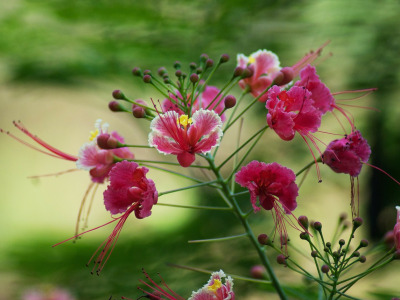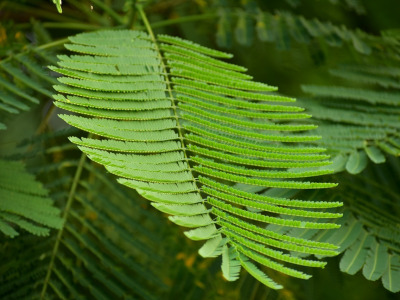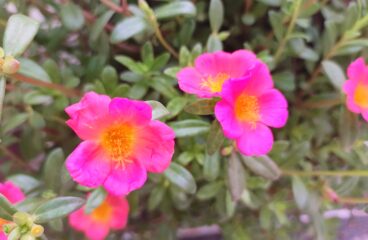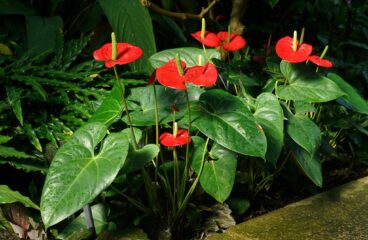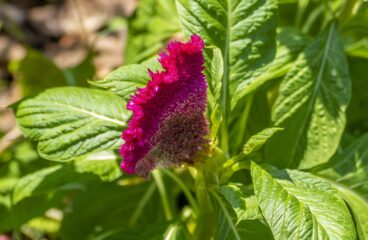

Popular Way to Plant Peacock Plants Seeds
In this post, we will know about Peacock flower plants
- About peacock plants
- How to plant seeds at home
- Best caring tips
- Flowering season
About Peacock Plants: There are many types of common names like peacock flower, gultora plants, and Caesalpinia pulcherrima. Peacock flower plants are the best flowering plants in the family of Fabaceae family and are native to America. The Scientific name is Caesalpinia pulcherrima, and it comes with the Fabaceae family. It is easily grown in tropical and sub-tropical regions.
How to Plant Seeds at Home: Using seeds takes lots of time for flowering. Seeds are available inside the pods (Fruits). Each pod has 6 to 8 seeds, and the seeds are brown in colour with shiny white. The size of the seeds is 5 to 6 mm long. The best time for plantation is the summer season.
Prepare a Soil Potting & Planting: To plant seeds, you need to scratch the seeds with sandpaper and keep the seeds in water (at least 2 to 4 hours).
- To make a soil mixture, take well-drained garden soil (50%), sand (30%), and vermicompost (20%).
- Mix it well and take a flowerpot (size should be 6 to 8 inches).
- Fill the soil mixture into a flowerpot.
- Please take the seeds from the water and spray them into the soil mixture.
- Cover all the seeds with soil and give some water.
- Place the plants in a semi-shaded location.
Within 5 to 6 days, sprouting starts from the seeds, and new leaves and stems appear from the seeds. If the plants grow from 6 to 8 inches, then we need to transplant them with a separate flowerpot.
Remember: USDA hardiness zone should be 8-11 and the soil mixture should be slightly acidic to neutral. In a flowerpot, make sure drainage holes are available or not. If there are no holes at the surface, then make 5 to 9 holes (Drainage holes are necessary). Cover the holes with a grenade or stones. Use a clay flowerpot. The distance between the seeds should be 1 to 2 inches.
Transplantation: Transplantation is easy, take garden soil with vermicompost.
- Mix it well and take a large flower pot (size at least 10 to 12 inches in diameter with a depth of 10 to 12 inches).
- Fill the soil mixture into the flowerpot and take out the plants from the old flowerpot.
- Dig a hole (3 to 4 inches deep) and put the plants into those holes.
- Cover the rooting system with soil and give water properly.
- Place the plants in full sunlight.
Gallery
Transplantation Tips: If you take a large flowerpot, then plants easily grow up to 6 to 8 feet long. In a one-flowerpot transplant, only two plants. For best growth, use the ground site.
Best Caring Tips:
- Watering: Before germination, do not give water. After germination of seeds, give water once only. During the summer season, soil dries quickly and then gives water properly. For best growth, use rainwater.
- Temperature: If you maintain temperature, then plants give the best result. Keep the plants in full sunlight (at least 4 to 5 hours). Recommended temperature is 20°C to 30°C.
- Best Fertilizer: During the growing season, fertilizer is necessary, and cow dung is the best fertilizer for peacock flower plants.
- Pests & Diseases: If any insects and diseases are occurring in the plants, then don’t forget to spray pesticide liquid—insects like mealy bugs, mites, beetles, and diseases like root fungus rot.
- Pruning: For best growth, pruning and cutting are essential tasks. Prune the head of stems and dry leaves and faded flowers.
Flowering Season: Within 3 to 4 years of planting, flowers start blooming on the plants, and these flowers are red in colour with a yellow margin. Each flower has 5 to 6 petals. Each stem has 15 to 30 flowers, and over time, flowers grow up to 3 to 4 inches with spread up to 2 inches.
If you like this post don’t forget to share it with your friends and relatives and subscribe to my newsletter for the instant update 🙂


Amazing Summer Plants, You Must Read 🙂
Choose Your Favourite Tag 🙂
air purifying plants almonds aloevera Bougainvillaea broccoli Cardamom carrot cauliflower Cultivation or farming Daisy flowering plant Dark green chilli Dry fruits Flower plants Fruit plants Gardening hacks Gardening ideas Genus tree Green chilli hanging plants health health tips Indoor flowering plants kitchen plants latest plants latest posts Lilies onion pea peace lily perennial plants plantation ideas plants sacred tree spices spices and herbs summer flower caring summer flower plants Summer fruit plants sunflower tea tips and tricks tree vegetables vine winter flower plants

